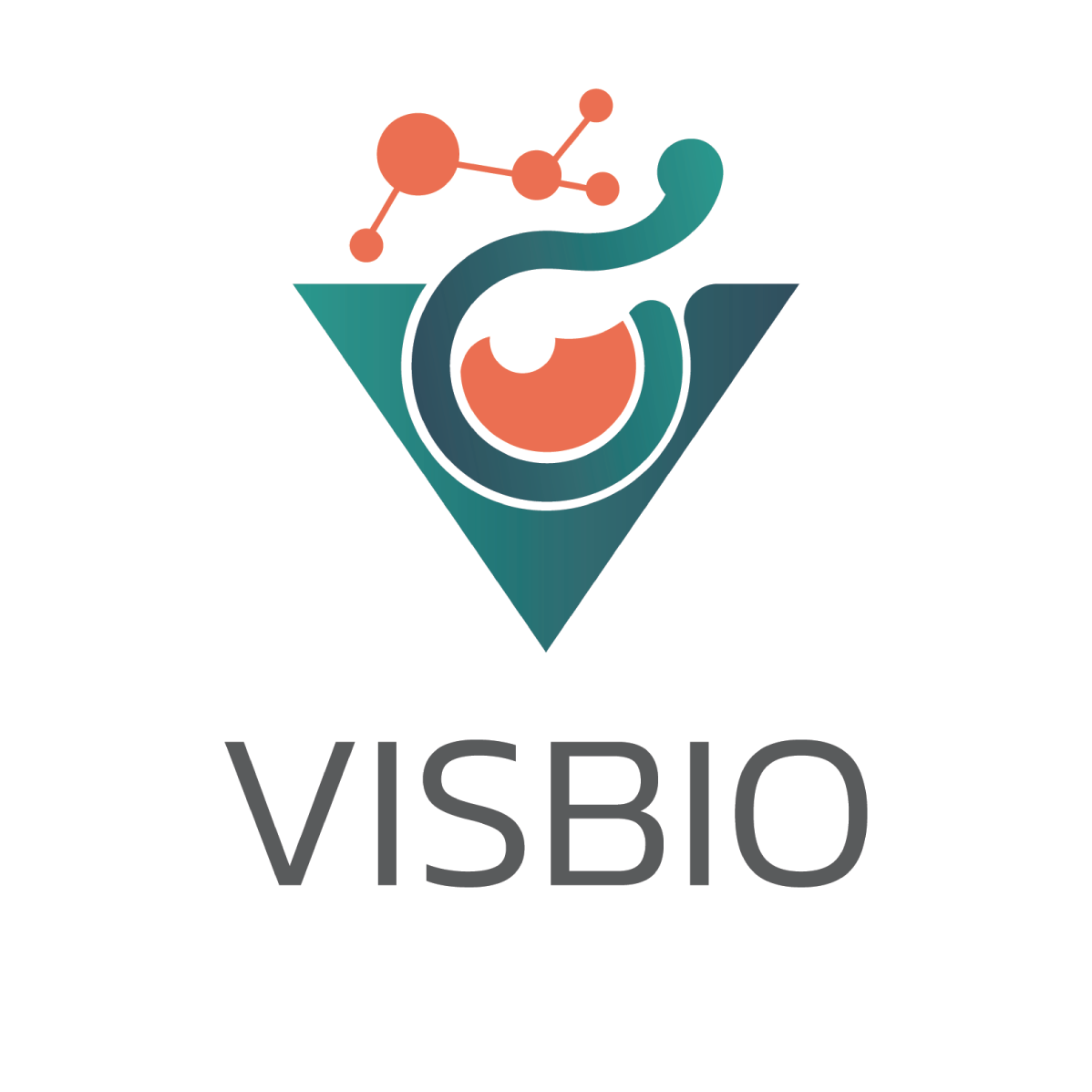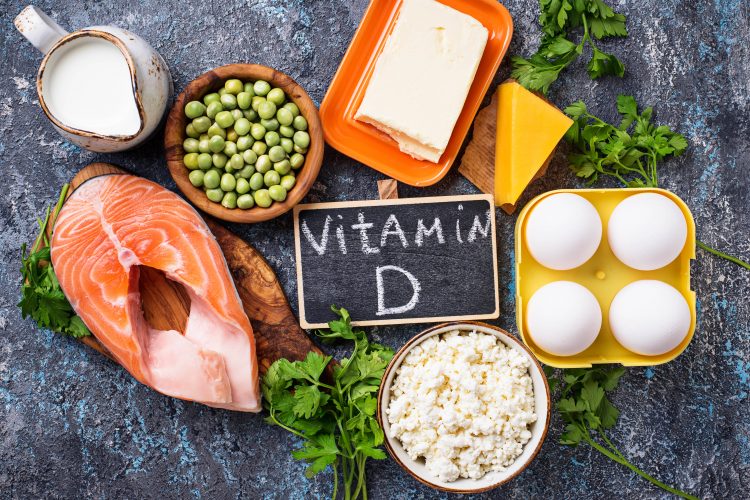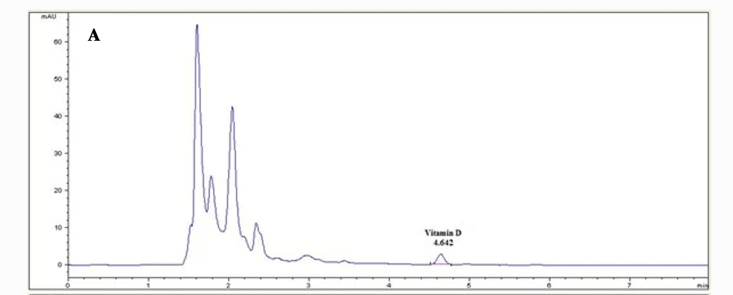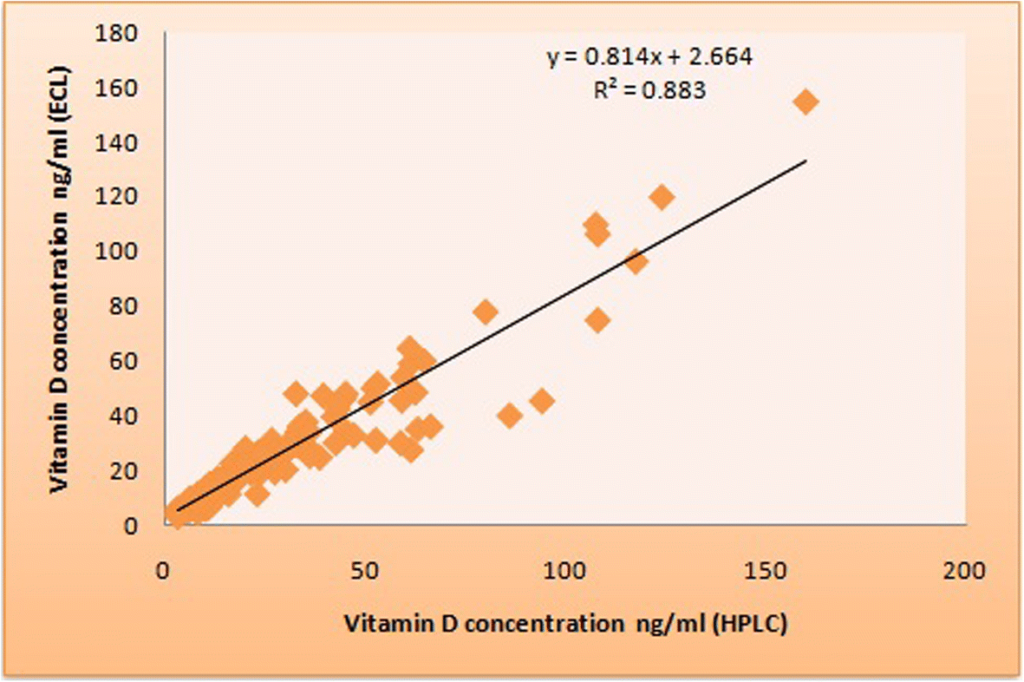
Information of Vitamin D Quantification Testing Services for Herbal Products
VISBIO offers services for examining and analyzing the quantities of the biological component (Biomarker) of Vitamin D in all products within the health and beauty industry, as well as the food and beverage industry. Vitamin D (Calciferol) is a fat-soluble vitamin found in one of two forms: Vitamin D2 (Ergocalciferol), present in yeast or mushrooms exposed to sunlight, and Vitamin D3 (Cholecalciferol), obtained from the skin’s exposure to ultraviolet B radiation and the stimulation of the process of Vitamin D synthesis. Additionally, consuming high-fat fish is a source of Vitamin D. Vitamin D is a mineral essential for bone health, especially for the absorption of calcium, as it is a fat-soluble vitamin. It is beneficial for strengthening bones. Vitamin D deficiency is one of the factors contributing to the risk of osteoporosis. Currently, there are numerous dietary supplements and various food products fortified with Vitamin D. Analytical testing to control the quality of Vitamin D in different products is commonly performed using High-Performance Liquid Chromatography (HPLC), a widely used technique.
What is Vitamin D?
Vitamin D (Calciferol) is a fat-soluble vitamin that comes in two forms: Vitamin D2 (Ergocalciferol), found in yeast and mushrooms exposed to sunlight, and Vitamin D3 (Cholecalciferol), produced in the skin when it’s exposed to ultraviolet B (UVB) radiation and through the consumption of fatty fish. Vitamin D is an essential nutrient for bone health, particularly in relation to calcium metabolism.
Sources of Vitamin D
The body obtains about 80-90% of its vitamin D from the skin’s production after exposure to ultraviolet B (UVB) radiation from sunlight. The remaining 10-20% is obtained through dietary intake or supplements. Natural dietary sources of vitamin D include fatty fish like salmon, mackerel, and tuna, as well as mushrooms. However, natural food sources of vitamin D are generally limited, leading some countries such as the United States and Thailand to fortify foods like milk, yogurt, fortified soy milk, fruit juices, and breakfast cereals to address the widespread issue of vitamin D deficiency.
Additionally, many people are concerned about the potential negative effects of sun exposure, such as skin problems like freckles, sunspots, and wrinkles. This fear might lead to avoiding sunlight or using sunscreen to protect against UV radiation. Prolonged indoor work without sunlight exposure could also contribute to vitamin D deficiency. Therefore, it’s recommended to ensure sufficient vitamin D levels by spending about 15 minutes in sunlight each day, particularly in the morning or late afternoon when the sun is not as intense.
Benefits of Vitamin D
Vitamin D has health benefits as follows:
- It aids in the normal absorption of calcium and phosphorus.
- It helps maintain normal blood calcium levels.
- It contributes to the maintenance of normal muscles, bones, and teeth.
- It supports the normal functioning of the immune system.
Vitamin D Requirements for the Body
The Recommended Dietary Allowance (RDA) for vitamin D varies by age as follows:
- Adolescents and adults up to 70 years old: 600 IU
- Adults over 70 years old: 800 IU
Consequences of Vitamin D Deficiency
If the body lacks vitamin D, it will draw calcium from the bones, leading to lower levels of calcium and phosphate. This can result in decreased mineralization of bones, leading to osteomalacia in adults and rickets in children. Additionally, vitamin D deficiency may increase the risk of osteoporosis. Moreover, muscle weakness, especially in the arms and legs, can occur due to vitamin D deficiency.
The maximum amount of vitamin D that can be taken in each day
The maximum amount of vitamin D that can be taken in each day (Tolerable Upper Intake Levels (ULs)) is 4,000 IU. Excessive intake of vitamin D can lead to toxicity, which arises from high levels of calcium in the blood. This can result in various symptoms such as weakness, fatigue, confusion, lack of concentration, depression, loss of appetite, nausea, constipation, irregular heartbeat, frequent urination, and more.
The use of vitamin D in the food industry, dietary supplements, and medications
Currently, vitamin D is used in dietary supplements and medications. In dietary supplements, it is often included as a component along with minerals like calcium and magnesium to promote bone health and reduce the risk of osteoporosis. For medication products, vitamin D derivatives like Calcipotriol are used in conjunction with other medications to treat psoriasis. Calcipotriol helps normalize the cell division of the skin, potentially causing irritation if applied to thin skin.
There’s ongoing development of topical medications that combine vitamin D derivatives with corticosteroids to enhance effectiveness and reduce irritation compared to using vitamin D derivatives alone. When using medication products with vitamin D levels higher than those in dietary supplements, close medical supervision is advised. This is because it could lead to high blood calcium levels, increased calcium in urine, and possibly kidney stones, especially when taken together with calcium supplements. To ensure safety and avoid excessive vitamin D intake, it’s recommended to assess vitamin D levels in the blood before supplementation.
Example of Vitamin D Analysis Report Using HPLC Technique
Figure 1
Figure 2
Vitamin D Analysis Report Using HPLC Technique
From Figure 1, the chromatogram of vitamin D is shown, where the area under the curve can be calculated to determine the quantity of vitamin D, by comparing it with the standard substance. Figure 2 represents the calculated quantity of vitamin D
Literature:
- ประกาศสำนักงานคณะกรรมการอาหารและยา เรื่อง การแสดงข้อความกล่าวอ้างหน้าที่ของสารอาหาร, เล่ม 136, 10 มิถุนายน 2562.
- ปริมาณสารอาหารอ้างอิงที่ควรได้รับประจำวันสำหรับคนไทย พ.ศ.2563 โดย คณะกรรมการและคณะทำงานปรับปรุงข้อกำหนดสารอาหารที่ควรได้รับประจำวันสำหรับคนไทย สำนักโภชนาการ กรมอนามัย กระทรวงสาธารณสุข.
- แผ่นพับความรู้จากคลินิกฉายแสงอาทิตย์เทียม ภาควิชาตจวิทยา คณะแพทยศาสตร์ศิริราชพยาบาล, โรคสะเก็ดเงิน
- Chailurkit L., Aekplakorn W., Ongphiphadhanakul B., Regional variation and determinants of vitamin D status in sunshine-abundant Thailand. BMC Public Health 2011;11: 853. doi: 10.1186/1471-2458-11-853.
- Keyfi F., Nahid, S., Mokhtariye A., et al., Evaluation of 25-OH vitamin D by high performance liquid chromatography: validation and comparison with electrochemiluminescence, Journal of Analytical Science and Technology volume 9, Article number: 25 (2018). https://doi.org/10.1186/s40543-018-0155-z






